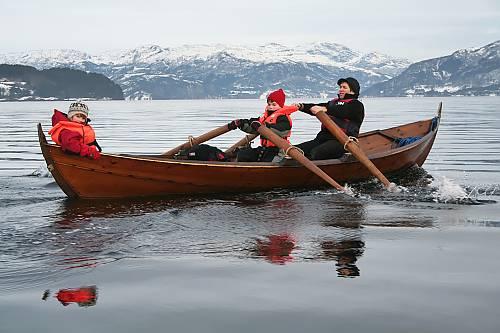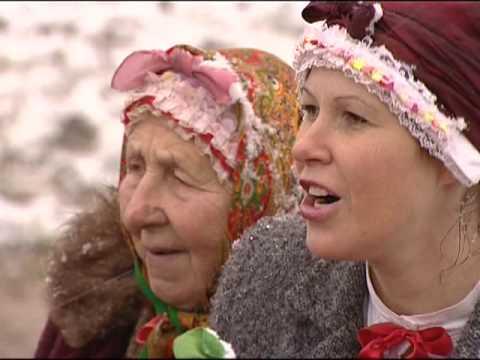In 2003, UNESCO established an intangible cultural heritage list, the aim being to better protect important “living heritages” and promote awareness of their significance. The list includes oral and intangible traditions of humankind worldwide.
Many people know about the United Nations and its UNESCO-sited natural and man-made treasures. Canada has several, such as Old Town Lunenburg in Nova Scotia, the Historic District of Old Quebec, and Wood Buffalo National Park, which straddles the Alberta/NWT border.
UNESCO’s intangible cultural treasures, which flourish where people hand down artistic and cultural traditions from generation to generation, are not as well known. Although Canada has no listed intangible cultural treasures, countries that do include China, Japan, South Korea, Spain, Croatia, France, Belgium, Mongolia, Turkey, and India.
Turkey has approximately a dozen, with several more waiting for official recognition. Among the listed ones are the following four fascinating customs, two of which—Whirling Dervishes and a coffee ceremony—I have had the good fortune to enjoy.
Whirling Dervishes
“The Mevlevi Sema Ceremony,” inscribed in 2008, is a dance performed by Turkey’s famous Whirling Dervishes.
The dance dates back to 1273 when it was started by an ascetic Sufi order founded in Konya, Turkey. The order spread throughout the Ottoman Empire, but today its activity is mainly found in Konya and Istanbul, although many Turkish communities around the world practice versions of the dance.




